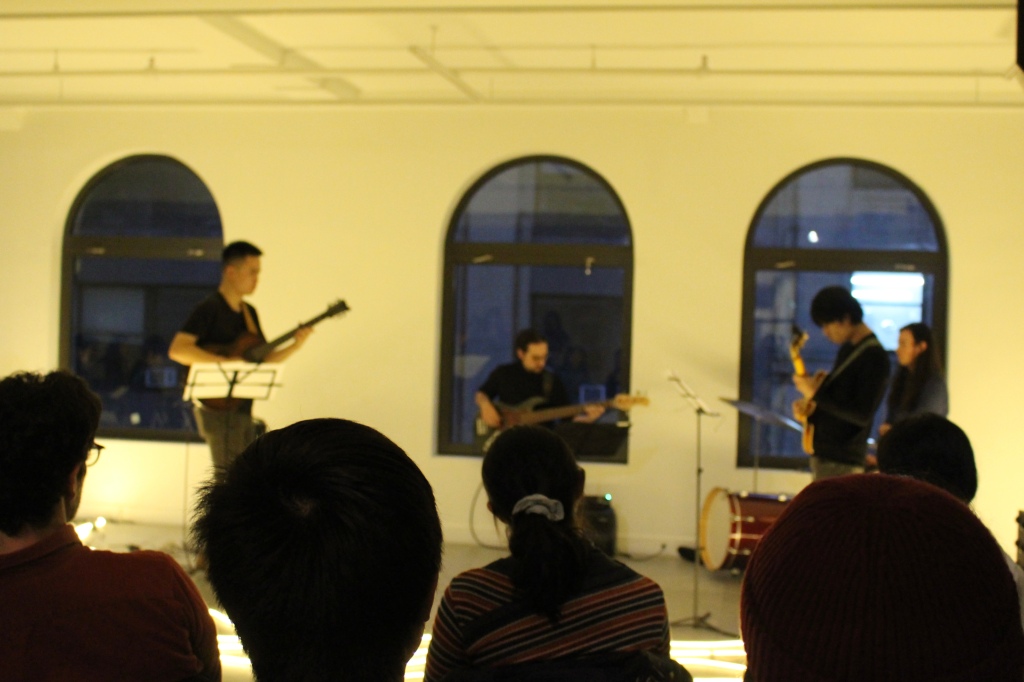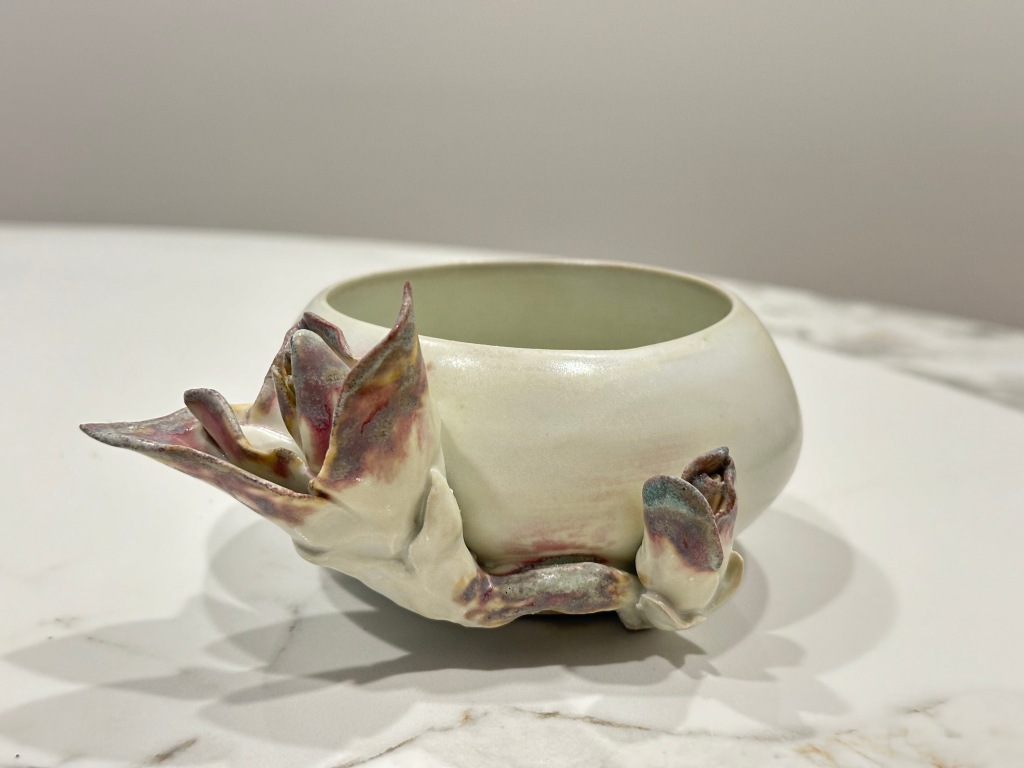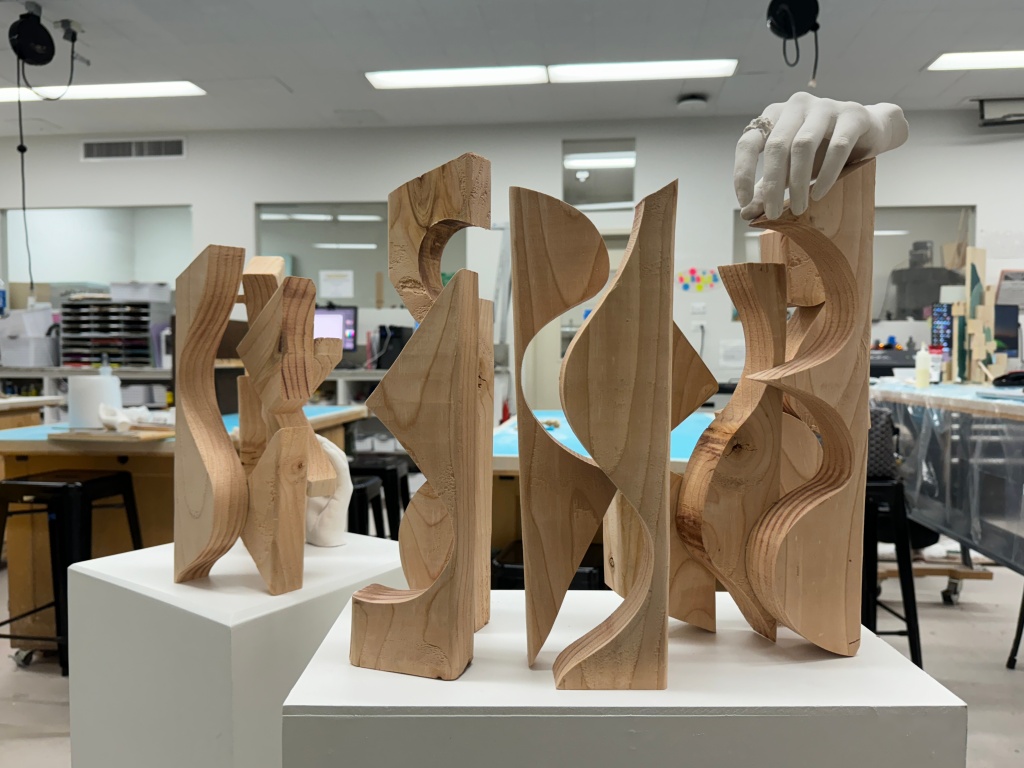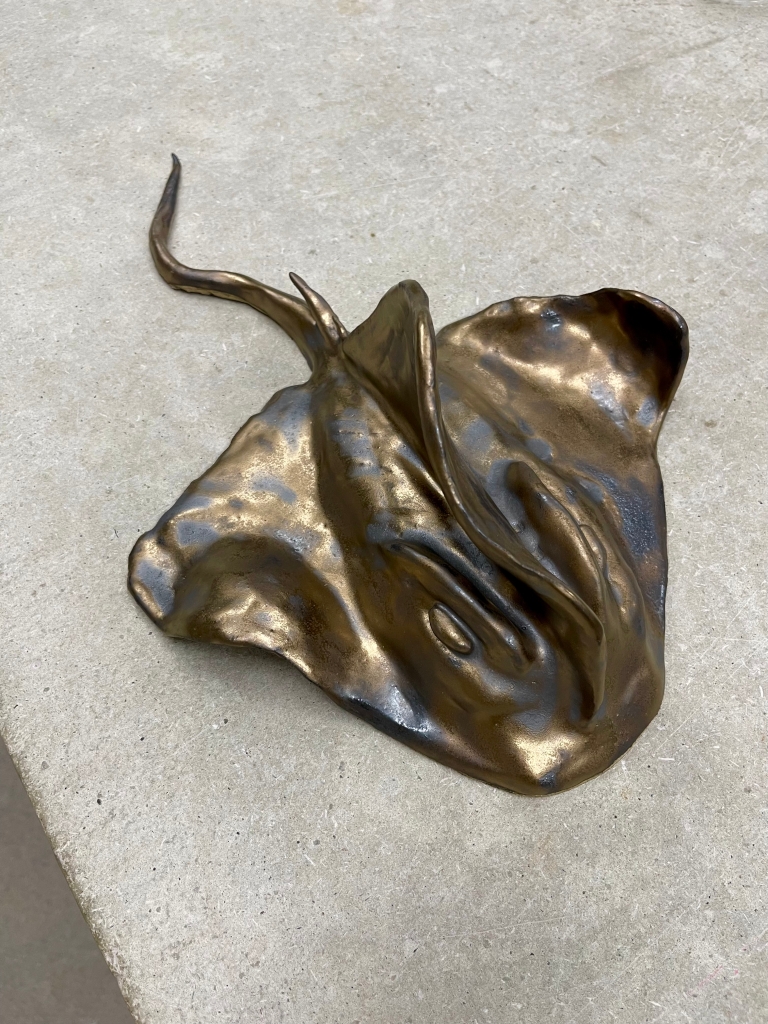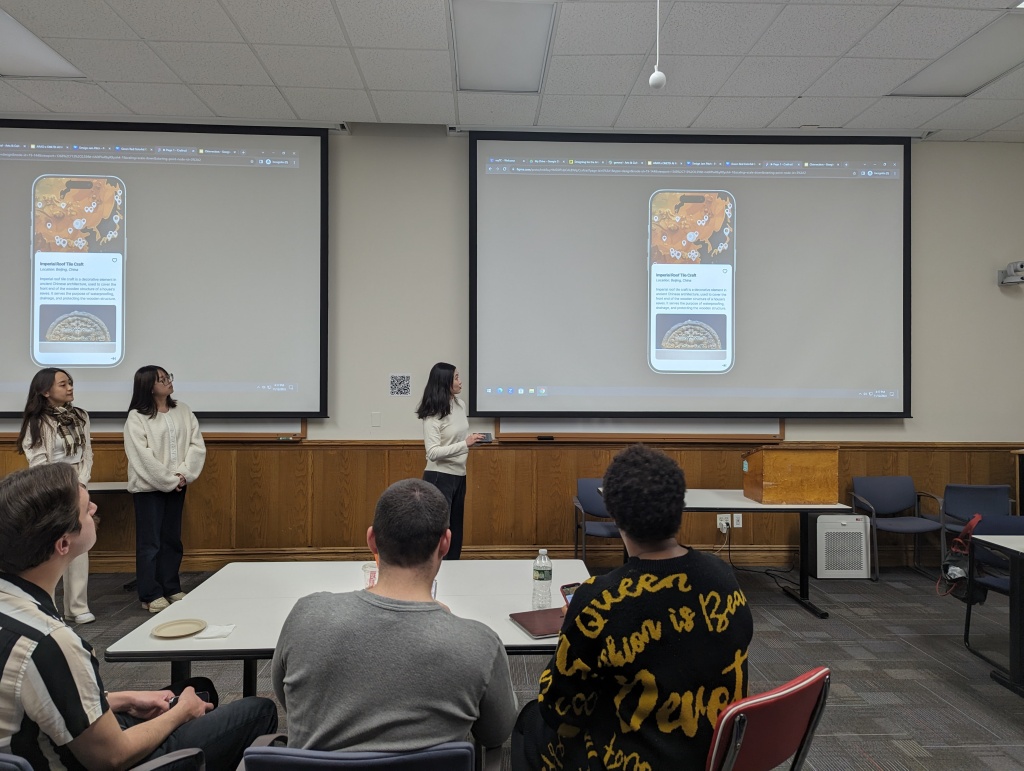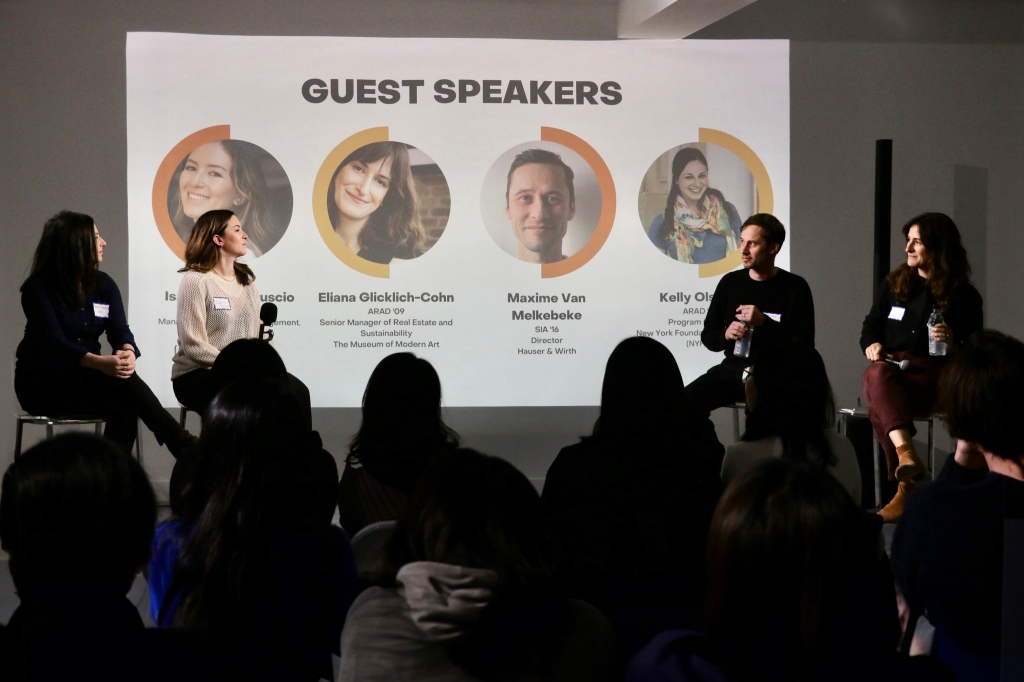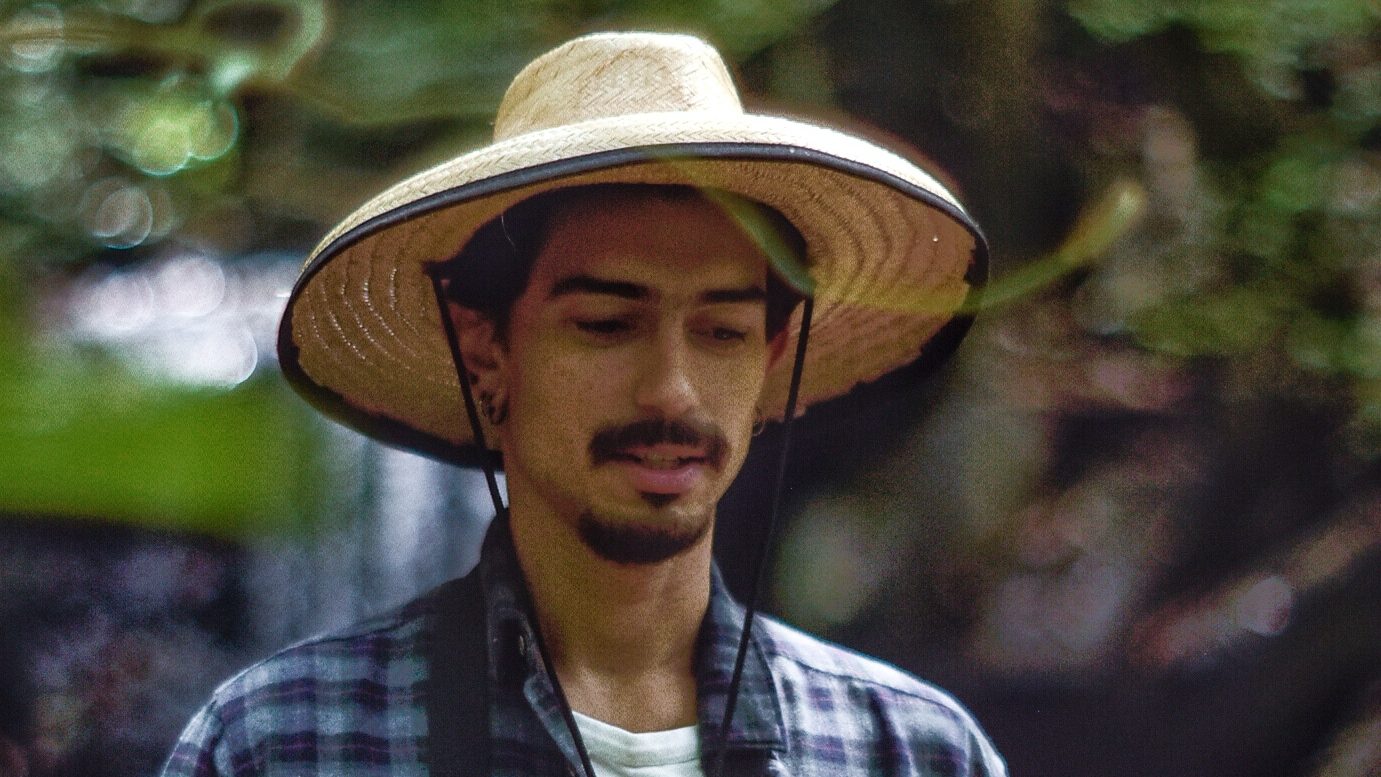Learn more about the enriching experience of Fall Microgrant recipient Hugo Vaz (ARAD ’24) at the 24th Session of the General Assembly of the States Parties to the World Heritage Convention (WHC), which was held at UNESCO Headquarters in Paris on November 22 and 23, 2023.

I. The ARAD Microgrant for Student Development and the World Heritage Convention:
In the Fall of 2023, I was honored with a Microgrant from the Arts Administration (ARAD) program at Teachers College, Columbia University, in support of my academic and professional development. With this, I was able to attend the 24th Session of the General Assembly of the States Parties to the World Heritage Convention (WHC), held at the UNESCO Headquarters, in Paris, on November 22 and 23. During my week-long stay in the City of Lights, besides attending the General Assembly, I have also had the opportunity to meet with diplomats and representatives from national delegations to UNESCO, especially the Counselor of the Brazilian Permanent Delegation, with whom I have established a very fruitful contact.
The reason why I wanted to attend the General Assembly was because, as a graduate student in Arts Administration, I take special interest in cultural heritage safeguarding and international policy making. To that end, the UNESCO Convention concerning the Protection of the World Cultural and Natural Heritage is the largest political mechanism ever put in place as a means to safeguard the tangible heritage of humanity, as monuments, sites and natural locations of Outstanding Universal Value (OUV). Adopted in 1972, the Convention has 195 States Parties, which makes it the world’s most ratified instrument of International Law, superior to the United Nations Charter, for instance.
The mandate of the Convention is to establish a framework for the protection and conservation of monuments, groups of buildings, archaeological and natural sites of OUV, on international, national and local levels. It also provides a framework for international cooperation whereby States Parties can request assistance to tackle practical and site-specific issues of conservation and protection. And to assist the States Parties in achieving these goals, the Convention is structured in four pillars:
(1) The World Heritage Centre is the administrative body of the WHC, linked to the UNESCO Secretariat. Established in 1992, it is the focal point and coordinator for all matters related to World Heritage.
(2) The World Heritage Committee, or simply the Committee, is responsible for the implementation of the World Heritage Convention. Consisting of representatives from 21 of the States Parties to the Convention elected by the General Assembly, the intergovernmental committee defines the use of the World Heritage Fund and allocates financial assistance upon requests from States Parties. It has the final say on whether a property is inscribed on the World Heritage List, and it examines reports on the state of conservation of inscribed properties. Whenever necessary, the Committee asks States Parties to take action in case properties are not being properly managed. Also, it decides on the inscription or deletion of properties on the List of World Heritage in Danger.
It is also worth noting that the composition of the intergovernmental committee follows a geographic criterion for seat allocation in order to ensure an equitable representation of all regions. Each group roughly corresponds to the following regions, with exceptions:
- Group I – Western Europe and North America
- Group II – Eastern Europe
- Group III – Latin America and the Caribbean
- Group IV – Asia and Pacific
- Group Va – (non-Arab) African States
- Group Vb – Arab States
(3) Established in 1977, the World Heritage Fund (WHF) is a trust fund maintained by compulsory and voluntary contributions of States Parties, and the allocation of resources to the conservation and protection of cultural and natural heritage sites is determined by the Committee. For the biennium 2024-25, the WHF amounts to USD 5.8 million, plus USD 0.4 million for emergency assistance. In order to keep track of State Parties’ solvency and the health of the Fund, the General Assembly’s agenda includes the examination of the Statement of Accounts and the status of contributions of States Parties. The Statement of Accounts contains a series of balance sheets and financial figures of State Parties’ contributions and arrears (pending contributions) dating back to 2011.
(4) The fourth pillar of the WHC is the General Assembly (GA), composed of 195 States Parties, which gather in biennial sessions to assess the drawbacks and advancements of the WHC’s implementation worldwide, elect members to the Committee, examine the Statement of Accounts and other policy documents that the Committee proposes. The GA is governed by the Rules of Procedure, a statute conceived and periodically amended by the States Parties at the end of each session. On all accounts, only State Parties have the right to vote in the GA, while representatives of consultive non-governmental organizations may attend, but may not vote.

II. The 24th Session of the General Assembly of the States Parties to the World Heritage Convention
A) The Opening Political Liturgy
In the morning of November 22, 2023, the 24th session of the General Assembly started with an unexpected delay of about 15 minutes. In his inaugural speech, the Director of the World Heritage Centre, Lazare Eloundou Assomo, from Cameroon, celebrated Tuvalu for being the 195th State to ratify the Convention, turning it into the most ratified instrument of International Law to this day, with even more signatories than the United Nations Charter.
Following suit, the GA proceeded to the election of the Chairperson and Vice-chairs. As per diplomatic consultations and agreements beforehand, Brazil was elected to preside over the Assembly, and Norway was elected as Vice-chair. The political liturgy followed solemnly with the adoption of the provisional agenda, the time table for the two-day session was laid out and the Assembly passed on to the report of the Rapporteur from the previous (23rd) session, in 2021.
Next, the Ambassador of Saudi Arabia to UNESCO, as outgoing President of the Committee, delivered the report of the World Heritage Committee, which had held its latest session in Riyadh last Summer. The main highlight was the removal of the Tombs of the Kings of Buganda at Kasubi (Uganda) from the World Heritage in Danger List, after a successful restoration work carried out by Uganda, with the support of UNESCO, to repair the damage caused by a devastating fire in 2010. As of today, there are 1,199 properties in 168 countries, of which 48 are transboundary; 263 reports on the domestic implementation of the WHC; and 53 reports of World Heritage Sites in Danger.
The Committee has also cheered over the fact that seven African sites were inscribed on the World Heritage List, but other countries, including Brazil, were critical of this enthusiasm because it overshadows the imbalance of nominations, considering that France alone has inscribed three, the USA, one, and the 33 Latin American countries have inscribed, in joint submissions, only three elements. On that regard, the WHC has been severely criticized for the predominance of heritage sites listed in Europe, in contrast with other parts of the world, namely Africa, and Latin America and the Caribbean.
B) The Elections to the World Heritage Committee
The most important part of the GA is the elections to the World Heritage Committee. Although the Committee is comprised of 21 members, not all seats change at the same time, and in this case there were nine outgoing states. In this context, political stances were obviously a determining component of the elections results. Quite surprisingly, Ukraine was elected with 134 votes over 173 ballots. The 39 invalid votes and abstentions signaled a protest against what has been called by many “the Ukrainization of the cultural agenda”, whereby Ukraine and Western Europe, they claim, unevenly politicize the debate on international cultural policy.
This criticism is based on the argument that other priorities have been obstructed by an exclusive focus on the Ukrainian crisis, while other countries in dire need of international assistance have been neglected, e.g., Mali and Sudan, the latter under-voted in the elections to the Comittee. May it be clear, there is no denial of the crisis in Ukraine, but several states argue that the violation of international law and human rights perpetrated by the Russian aggressor should be addressed in different multilateral fora, such as the Security Council.
As to the other candidates in the elections, no substantial deviation was noted, and the majority of ballots cast were valid. The elections have thus led the following states to join the Committee – in the groups that had vacant seats:
- Group II:
- Ukraine
- Group IV:
- Republic of Korea
- Vietnam
- Group Va:
- Kenya
- Senegal
- Group Vb:
- Lebanon
- Open seats:
- Turkey
- Kazakhstan
- Jamaica
Interesting enough is the fact that both elections, that of the Chairperson and Vice-chairs, as well as the elections to the Committee, had been decided before the GA by diplomatic negotiations, which renders the casting of ballots a mere ritual pro forma. Since States Parties to the WHC are also parties to other conventions and organizations in several different domains, there is an informal system of quotas and political bartering according to which governments broker and trade votes, including in intergovernmental committees of other UNESCO Conventions.
C) Updating the Policy Document on Climate Action for World Heritage
The updating of the Policy Document on Climate Action for World Heritage followed the elections, and the official reactions to the updates were rather bland. The updated document is the result of a joint effort undertaken by the Open-ended Working Group of States Parties on World Heritage and Climate, presided by Diaz Acosta, Ambassador of Colombia to UNESCO.
The purpose of this Policy Document is to provide high-level guidance on enhancing the protection and conservation of heritage of Outstanding Universal Value through comprehensive adoption of climate action measures, but judging from the official speeches of national delegates, the document is rather anodyne compared to the urgency of the task. As manifested by Brazil, for instance, the document contains an imbalance pertaining to carbon-based development models historically undertaken by developed countries, which denotes an attempt to neutralize the environmental responsibilities they acquired through other multilateral agreements, such as the Kyoto protocol and the Paris agreement. Even so, Brazil supported the policy document.
The Ambassador of the United States, recognizing the non-binding nature of the document, claimed that consensus had been reached because “nobody got everything they wanted, but everybody got what they need.” More contributive were the speeches of Chile, urging states to consider cultural diplomacy and the role of artists as agents of change; the speech of Australia, recognizing the importance of indigenous knowledge in tackling climate change, especially with regard to heritage sites; and the speech of Colombia, advocating for the free circulation of scientific information regarding climate change.
With respect to the connection between climate change and heritage sites conservancy, Lithuania mentioned the resourceful Climate Vulnerability Index (CVI), a systematic tool to assess climate risk to World Heritage. What is most striking about the document, however, is that it vaguely refers to heritage, which is paradoxically its raison d’être. Notwithstanding all criticism, the present states have supported and approved the document without amendments.
D) Amending the Rules of Procedure
The last act of the session was the amendment of the Rules of Procedure, a moment where global political alignment became clearer than I could have expected, given the procedural nature of the debate, which did not necessarily involve the subject matter of the Convention and therefore had no apparent reason to stir controversies of any kind. However, there seemed to be a clear alignment of states reflecting their positions with respect to global issues like economic development, geopolitics and security, for instance.
To begin with, the Legal Advisor conducted the ritual along with the Norwegian Ambassador, who had replaced the Brazilian Ambassador as Chairperson. In so doing, the Legal Advisor pointed to the harmonization of the Rules of Procedure among all the six UNESCO Culture Conventions, arguing that the amendments proposed by the Secretariat would be beneficial in that respect. This position was supported by Canada, France, Japan, Norway, Sweden, Switzerland, and the United States; to which Argentina, Brazil, Cuba, Palestine, Russia, St. Vincent, Turkey and Venezuela vehemently objected. At this point, the global political alignment became clear, as the Secretariat pushed to adopt only the amendments they had proposed, with the support of the former countries, and close the session without considering the amendments proposed by States Parties.
In the end, national delegates voted, by a slim majority, to go over the Rules of Procedure paragraph by paragraph and discuss the amendments proposed. It was interesting to note how Brazil and Russia played a role of regional leadership in an attempt to gain more control over the Assembly and, by virtue of altering some procedures, counter-balance what many countries have criticized as a double standard in the Convention. As these and many other states have claimed, rules apply differently to different countries, and submissions to the Committee by developed countries are accused of receiving preferential treatment, as illustrated by the Italian intention of including Venice in the List of World Heritage in Danger, to the detriment of heritage sites located in African States, for example.
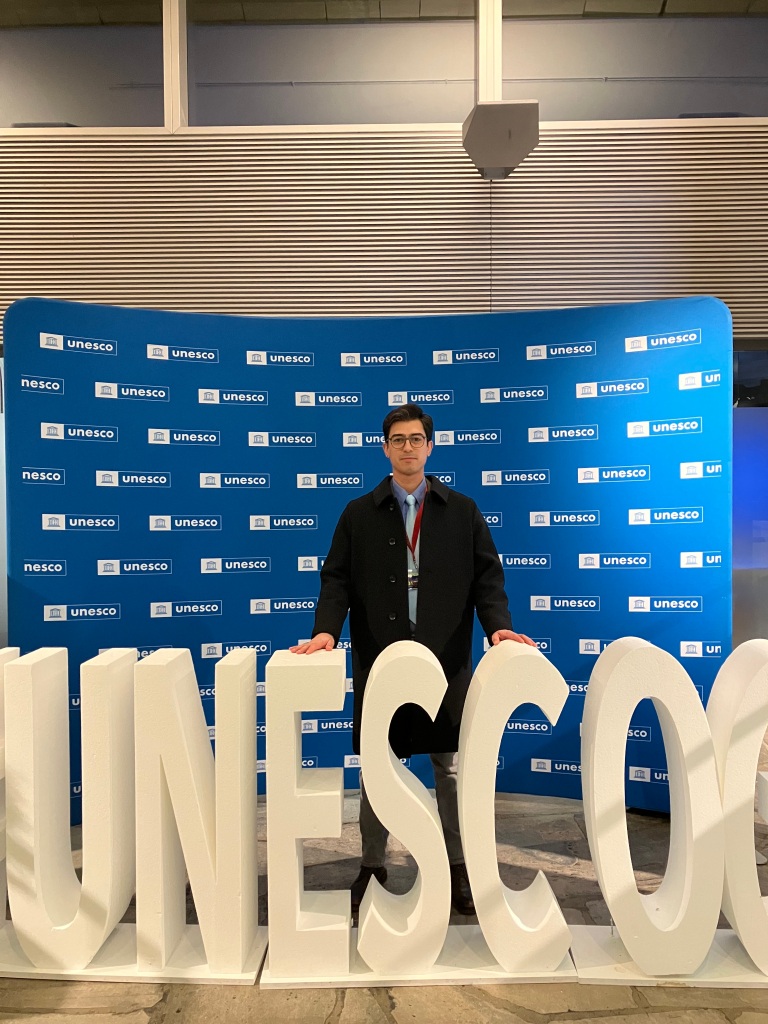
III. Closing of the session, conclusion and takeaways
After over an hour of discussing and amending the Rules of Procedure, the 24th session of the General Assembly of the States Parties to the World Heritage Convention finally came to an end. To me, observing the whole ritual from the lenses of a curious outsider, the session was a remarkable event where I had the chance to witness first-hand the political liturgies of multilateral diplomacy, the adoption of important decisions and policies, and the official pronunciation of state representatives from all over the world, each one bearing the voice of their nations and the concerns of their governments.
Also, I was able to establish interesting dialogues with some public officials, discuss matters of particular interest to me, and to listen and learn from them about the myriad issues involving multilateral cultural policy making. If the official speech on the public forum is tailored to reflect the view of national ministries of foreign affairs, talking to diplomats in the hallways might sometimes give rise to their own views of the matter, and that is usually very insightful.
In the Constitution of UNESCO, in its Conventions, Recommendations and in other official documents, culture is purported as a structural element for peace and understanding, whose promotion should help fulfill the organization’s mandate. However, upon observing the General Assembly and talking to insiders and policy makers, I have realized that, in the theater of multilateral diplomacy, culture can be a field of political entrenchment that reflects asymmetries of power between states and groups of states. That often leads to a double standard in treating similar affairs pertaining to dissimilar countries, which consequently leads to an uneven distribution of resources and ascription of political influence.
Not only, the aforementioned Ukrainization of the culture agenda, as I heard from several diplomats whom I have talked to, suggests an instrumentalization of the WHC, and of UNESCO seals in general, as a means to leverage funds, resources and support against the Russian aggression. It does not mean that UNESCO should remain indifferent to political crises. On the contrary, it is gifted with the power to provide assistance to ailing countries whose heritage – and therefore its population – are under severe threat. However, there has to be fair treatment, that is, a single standard to one and all. In conclusion, the scope of the WHC is to protect and conserve humanity’s cultural and natural heritage of outstanding universal value. And because it relates to tangible heritage, its implementation relates directly to the territory of nation states, whose management is a fundamental component of the country’s stability. However, when it comes to peace-building through the promotion of culture, synergies between the Culture Conventions are the only possible way to completely fulfill UNESCO’s mandate, i.e., to build peace in the minds of men and women. Unless the Secretariat espouses this synergetic view, each of the Conventions will continue to be implemented within their exclusive remit, without significant overlap between the properties and heritage elements they safeguard. And as a consequence of this diffuse implementation, UNESCO’s mandate might be more costly and time-consuming to fulfill.





